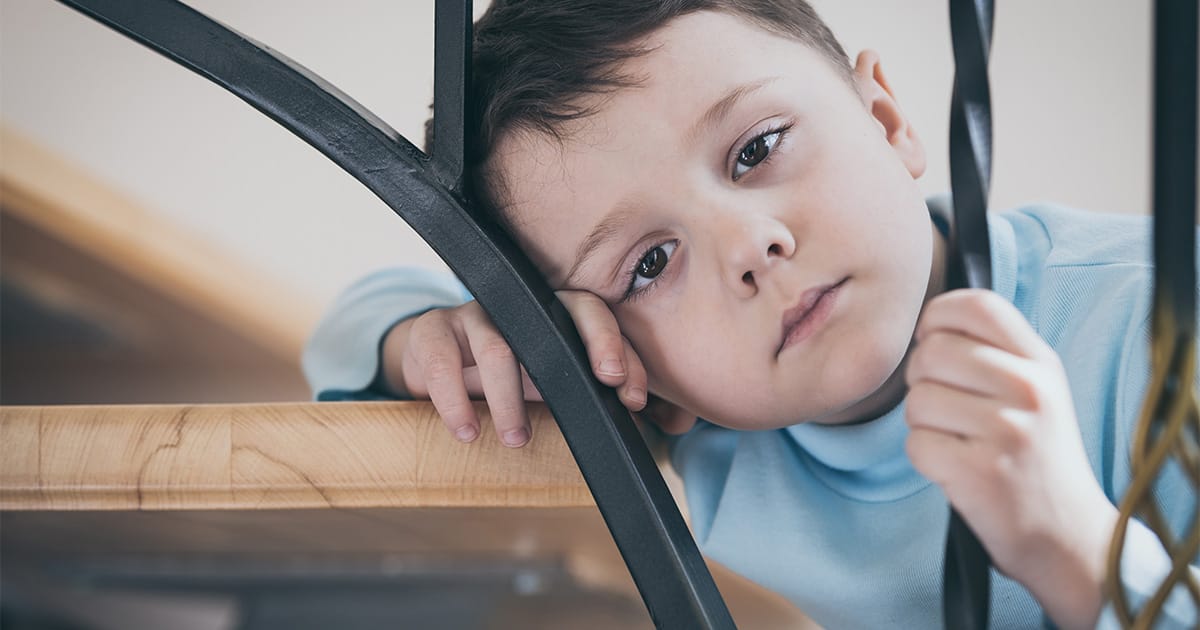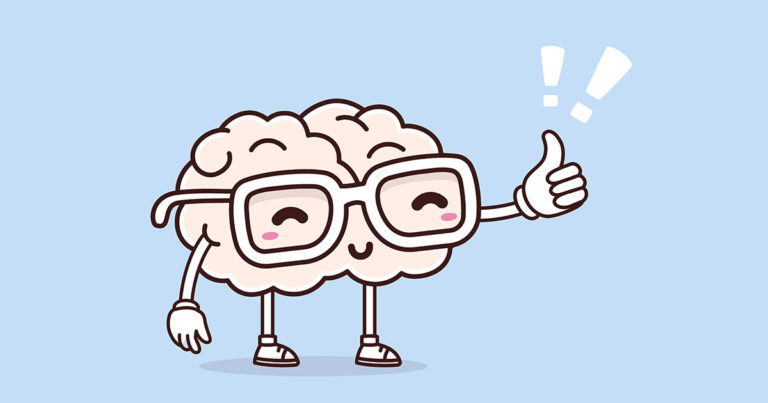Shyness vs Social Anxiety: Understanding the Difference (and Where Introversion Fits In)
We often hear the terms shy, socially anxious, and introverted used interchangeably — but they are not the same thing. Knowing the difference matters. It can affect how we see ourselves, how we manage our emotions, and whether we seek help or just embrace who we are.
So what’s the difference between being shy, having social anxiety, or simply being an introvert? This article will explore these concepts, back them with science, and offer guidance on how to cope — or grow — depending on where you are on this spectrum.
What Is Introversion?
Introversion is a personality trait. It’s not about fear — it’s about energy. Introverts typically:
- Feel drained after too much social interaction
- Prefer meaningful one-on-one conversations over large group settings
- Recharge by spending time alone
Psychologist Carl Jung popularized the concept, and modern research supports it. Introversion is linked to brain activity and sensitivity to dopamine — the neurotransmitter tied to pleasure and reward. Studies show introverts have more activity in the brain’s frontal lobes, responsible for deep thinking and decision-making.
Importantly, introversion is not a disorder. It’s a temperament — a biological predisposition — and one that about 30–50% of the population shares.
What Is Shyness?
Shyness is the discomfort or inhibition in social situations. Shy people often:
- Want to interact socially, but feel awkward or nervous doing so
- Worry about being judged or saying the wrong thing
- Need extra time to warm up to new people or environments
Unlike introversion, shyness includes a fear of negative evaluation, but usually mild and situation-specific. It’s not always present, and it doesn’t necessarily prevent someone from participating in life.
Is shyness genetic or learned? Research suggests both. Shyness can stem from temperament — some babies show signs of behavioral inhibition as early as four months old. But environment matters. A shy child may become shyer if raised in critical or overprotective surroundings.
According to Dr. Jerome Kagan, about 20% of infants are born with a reactive temperament that predisposes them to shyness — but only a fraction remain shy as adults. Experiences shape outcomes.
What Is Social Anxiety?
Social Anxiety Disorder (SAD) is more than shyness — it’s a mental health condition. It is marked by:
- Intense fear of being judged, rejected, or embarrassed
- Avoidance of social situations or enduring them with extreme distress
- Physical symptoms: sweating, shaking, nausea, rapid heart rate
According to the National Institute of Mental Health, around 12% of U.S. adults experience social anxiety at some point.
Like shyness, social anxiety has genetic and environmental roots. But traumatic social experiences, bullying, or hypercritical parenting often trigger or exacerbate it.
The key difference from shyness? Severity and impairment. Shyness may make you hesitant to speak in a meeting; social anxiety might stop you from applying for a job entirely.
The Overlap (And Why It’s Confusing)
All three traits — introversion, shyness, and social anxiety — can look similar from the outside:
- Avoiding social events
- Quietness or reluctance to speak up
- Need for solitude
But the reasons behind the behavior are different:
- Introverts withdraw to recharge.
- Shy people withdraw due to discomfort or self-consciousness.
- People with social anxiety withdraw out of overwhelming fear.
Someone can be:
- An introvert who is not shy or anxious
- An extrovert who is shy
- An introvert with social anxiety
What the Research Says
Genetics and Temperament
- Eysenck’s theory: introversion tied to sensitivity to stimulation
- Amygdala reactivity: shy children have more fear-related brain activity
Environment and Experience
- Childhood trauma is a strong predictor of social anxiety
- Lack of social exposure and critical parenting contribute to shyness
Brain Differences
- People with SAD show more amygdala activity than average
- Introverts show more activity in the frontal cortex
When to Worry: Shyness vs Social Anxiety
- Does fear of judgment stop you from doing things you want?
- Do you avoid social settings your peers enjoy?
- Is your anxiety causing distress or dysfunction?
If yes, you may be dealing with social anxiety — and help is available.
Coping and Growth
Introverts should:
- Plan recovery time after social events
- Communicate boundaries
- Use their focus and depth as strengths
Shy people can:
- Practice social exposure
- Challenge negative thoughts with CBT-style journaling
- Develop confidence step by step
For Social Anxiety:
- CBT is highly effective
- Mindfulness and exposure therapy can help
- Internet-based CBT also shown effective (Lancet Psychiatry)
Final Thoughts
You’re not broken. Understanding if you’re an introvert, shy, or socially anxious can help you respond appropriately. Shyness and social anxiety can be changed. Introversion can be embraced.
Be kind to yourself. Everyone has their own path to confidence and comfort in the world.
Resources
- National Institute of Mental Health
- Susan Cain’s Quiet Revolution
- Mind My Peelings blog
- Anxiety and Depression Association of America
Have you experienced shyness or social anxiety? Share your story or tips in the comments below.
Want to explore how social anxiety shows up in people who seem naturally outgoing? Here’s our deep dive on what it means to be an extrovert with social anxiety.







Leave a Comment